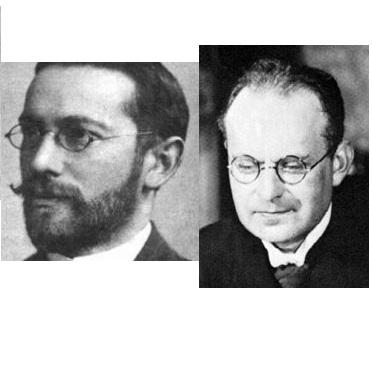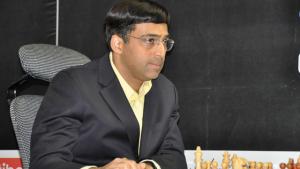
The Battle of Opposites
If you have any knowledge of chess history, you have probably heard of the theoretical dispute - and antagonism - between Siegbert Tarrasch and Aron Nimzowitsch, the leaders of the classical and hypermodern schools (respectively). It appears that the conflict between the two great players was not limited to a theoretical and creative disagreement, but also had some personal elements. Nimzowitsch wrote that he saw Tarrasch as a mediocre person, who was unable to conceive of new ideas. Tarrasch, for his part, wrote many negative things about Nimzowitsch's play - "bizarre, unaesthetic". I would guess that he saw him as a bit of a punk.
The two players each had very definite ideas about how chess should be played. Tarrasch liked a very straightforward kind of chess, and valued control of space, the two bishops, the pawn center, and attacking play. Nimzowitsch's chess was a little more "crooked" - he was willing to play cramped positions, liked closed positions, counter-attacking play, and valued bishops less than Tarrasch did. If you pick a piece to symbolize each guy, then Tarrasch would be a bishop and Nimzowitsch a knight.

Tarrasch has gone down in history as a kind of pedagogue, who was rather dogmatic, rigid, and unoriginal, despite being a very strong player. Nimzowitsch is usually seen in a more favorable light - as a very creative, original player who enriched chess with his ideas. However, you can see from his writings that he was every bit as dogmatic as Tarrasch, just in a different way. It's not surprising that these two strong and contrasting personalities would clash. Nowadays the idea that two chess players would dislike each other because of differing styles of play and different conceptions of chess seems ridiculous. But back then, when overarching ideas of chess were being developed, the players took them very seriously.
The first game between Tarrasch and Nimzowitsch took place at Nuremburg in 1904. This was a "casual" game - not part of any tournament or official match.
Nowadays it would be funny for, let's say, Carlsen and Aronian to sit down for a long and fairly serious "offhand game". But back then it was more normal. For one thing, the chess world was much smaller, and there were far fewer tournaments. Chess was still not far from the days when all games were "casual". Additionally, back then the top players would go around to coffeehouses to play chess. Indeed, playing chess for money in coffeehouses was part of their livelihood.
I personally wish I played chess in those days, rather than now, when we have sterile, brightly-lit tournament rooms and computer analysis. Today, for some reason, people use "wonderful" technological devices such as Monroi which take the place of writing down the moves by pen and paper.

At the time of the game, Tarrasch was at his best, while Nimzowitsch was just starting his chess career. At 18 years old, Nimzowitsch was practically an amateur, albeit an amateur possessed of great tactical imagination. Nowadays at 18 a chess player can be a fairly experienced grandmaster, but back then it was not really the case.
I have chosen to annotate this game because it is practically unknown. As well as a very interesting fighting game, there are some serious mistakes to boot.



